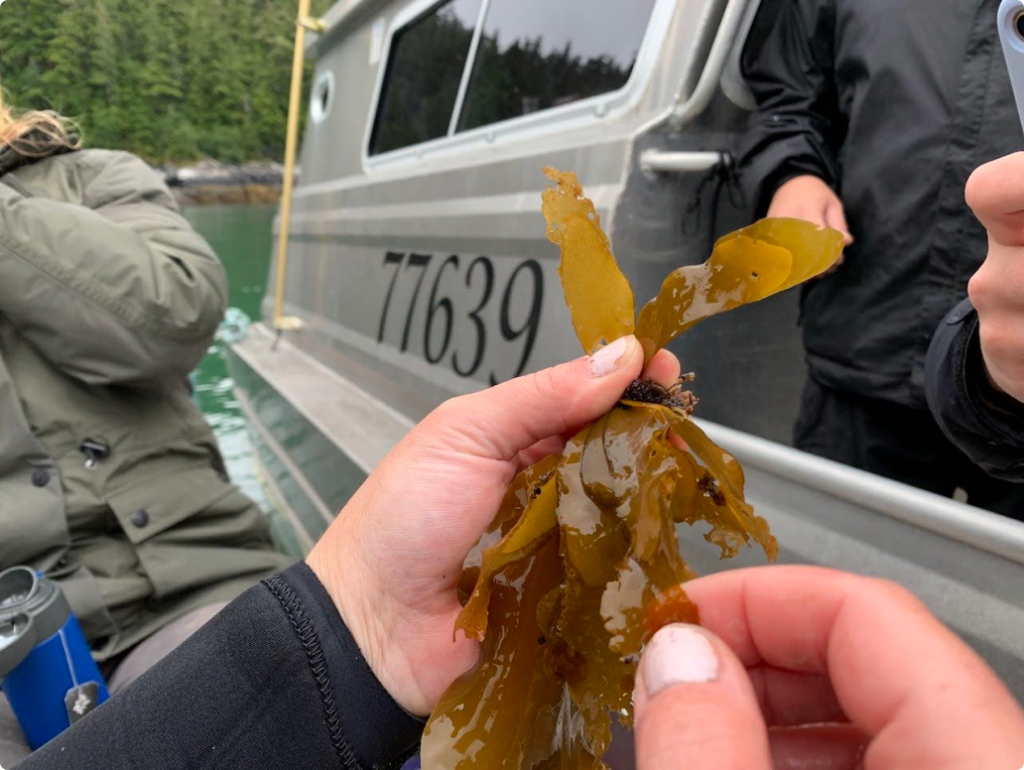Back to: Sorus Collection
Peak sorus tissue formation for kelp occurs in the fall, as water temperatures start to drop and light starts to wane. This lines up with the winter farming season and is the timing you’ll want to target (there is a second peak of sorus formation in the spring1).
Changes in temperature and light are the factors that trigger kelp to reproduce. Tracking water temperatures in your area is an easy and reliable strategy to pinpoint peak sorus tissue formation. As waters approach 60°F, you can expect to see sori forming. As a reference, in Southern New England, the optimal collection timing is mid-October, but as you move north, where the waters are colder, the optimal collection window may be a couple of weeks earlier. This idea holds true for both the East and West Coasts; as you move up and down in latitude, these dates will adjust. In Alaska, some hatcheries have collected sorus tissue as early as August! Track the change in water temperature in your region, and monitor your chosen kelp beds for signs of sorus tissue development if you can.

1 Egan and Yarish. 1990. Productivity and life history of Laminaria longicruris at its southern limit in the West Atlantic Ocean. Marine Progressive Series. 67(3): 263 – 273.